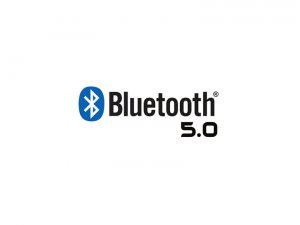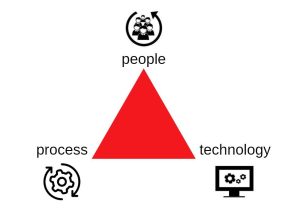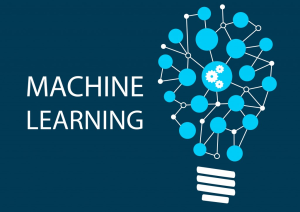For proximity detection using Bluetooth, I think there are two standards so far,
One, iBeacon (for iPhone), Two, Eddystone (for Android).
They have been widely using in digital marketing and indoor localization purpose nearly 5-7 years and development is still ongoing! However, those developments are mostly undertaken on BLE 4.2 with low energy features. In terms of payload, it is designed to send small packets. There are good application out there, however, little work I have noticed in Academia that covers some basic issues, such as demonstrating the practical range, latency and reliability to consider them in Time Sensitive Application.
However, Bluetooth 5 embarked meanwhile with more promises in terms of extended range, high bandwidth and low latency, thus we thought to conduct some experiments. The problem that we have faced initially was the availability of BLE 5 as a dongle or so. Thus, we have collected latest version of Raspberry pi that comes with BLE-5 chipset.
The experiments that have conducted was under a MIT project by Eddie Wong. Within this project, we have designed an Advertiser and a Scanner using Raspberry pi-4 with BLE-5 capabilities. Advertiser reads GPS location information (external GPS HAT is used) from NMEA data and advertise it with a frequency of 1Hz. The Scanner captured the packets. This experiment aim to understand the Range (coverage), Latency and Reliability of newly released BLE-5 with its low energy beacon capabilities.
Result of Open Space outdoor Experiment:
300 Packets has been advertised in 1Hz.
Range | Packets Received (Out of transmitted 300 Packets) | Average Latency |
30 m | 245 | 293 ms (Min 50 ms Max 400 ms) |
60 m | 233 | 328 ms (Min 50 ms Max 500 ms) |
90 m | 113 | 686 ms |
120 m | 66 | 1148 ms |
I haven’t got much time to dive deep to understand (find out) the possible reason of the performances. But it is convincing that the performance (latency, reliability) deteriorates with range. We have conducted the same experiment in obstructed environment, such as between a corner in building, the result deteriorated more.



Be First to Comment